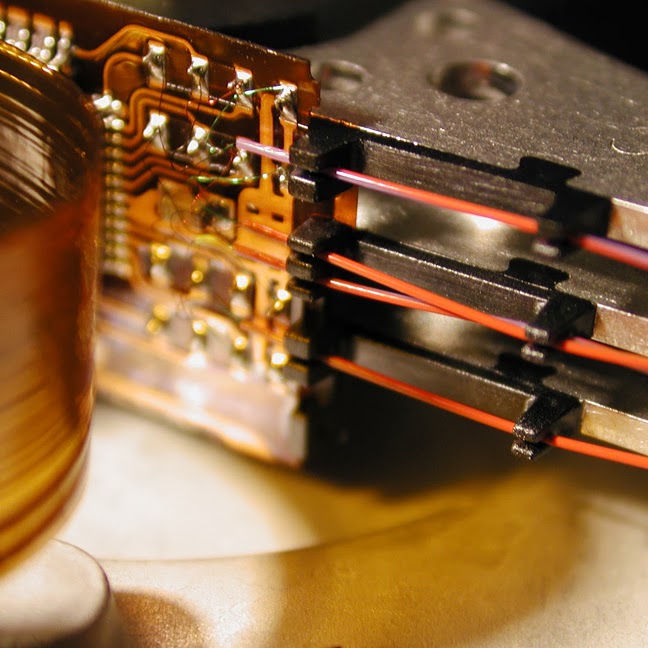Traditionally, one would have to periodically check the status of the dust filtering on a PC case, but that’s not the case (pun intended!) with the Asus ProArt PA602. This chassis has a fancy infrared (IR) sensor behind the front-facing dust filter. Should this detect a set layer of dust covering the filter material, a small LED will illuminate on the side of the case. It’s tastefully done. No alert on an LCD screen, no obnoxious sound. With this activated, you will know to clean the filter (and give the inside a quick air blast) next time the system has been shut down.
Quite a thoughtful case, apart from having the dust filter warning, it also has wheels to move it more easily.
But it does show also, is that even cases can innovate as well. I’d like to see more of these and maybe have the sensors also on the other dust filters (my case has one underneath as well), as IR sensors themselves are not very expensive to incorporate.
See https://www.xda-developers.com/this-asus-pc-case-monitors-your-dust-filter/
#technology #cases #dust

